Project owners face a critical decision when selecting between design-build and traditional construction methods, each offering distinct advantages and considerations for achieving project goals. Making the right choice between design-build and traditional construction significantly impacts project timeline, budget, and overall quality. Below we explore the differences between design-build and traditional construction to help you make the right decision for your next project.
Overview of Traditional Construction
Traditional construction divides a project into distinct design and construction phases. A design firm is typically hired to develop the project plans, including architectural drawings, engineering specifications, and cost estimates. Once the design is finalized, the project is put out to bid, and a construction company is selected to execute the plans. This process often involves multiple rounds of bidding and negotiation.
What is Design-Build Construction?
How does design-build work? With this project delivery method, a single entity, typically a design-build general contractor, is responsible for both the design and construction phases of a project. This approach eliminates the traditional bidding and negotiation stages between separate design and construction teams. Design-build general contractors have in-house expertise in both areas.
Key Differences Between Traditional and Design-Build Construction
Traditional construction and design-build construction differ significantly in these key areas:
Timelines
One of the key differences between the two is the project timeline. In traditional construction, the design phase and the construction phase are separate, which may lengthen the overall project timeline. The design-build method integrates the design and construction phases.
Collaboration
Traditional construction often involves multiple parties, such as architects, engineers, contractors, and subcontractors, which can lead to potential communication and coordination issues. In design-build construction projects, the design and construction teams work for the same company, presumably have worked together before, and may have done so for years.
Cost
In traditional construction, the owner has separate contracts with the designer and the builder. In design-build construction, the owner has a single contract for both with one company.
Risk
In traditional construction, the project owner assumes the majority of the risk. The owner engages separate entities for design and construction and is responsible for negotiating the various contracts, coordinating work between the two parties, and navigating any disputes that arise. With the design-build method, the risk is often shared between the owner and the design-build team, providing a more balanced risk distribution.
Flexibility & Control
With traditional construction, the owner may directly oversee each aspect of the project. In design-build construction, design and construction decisions are made by the design-build team.
Weighing the Pros & Cons of Each Construction Approach
So what are the advantages and disadvantages of traditional construction? What are the pros and cons of the design-build method?
Advantages of Traditional Construction
Traditional construction offers advantages over design-build construction in certain situations:
- Enhanced control and oversight: In traditional construction, the owner has more direct control over the design and construction phases as they have separate contracts with the designer and the builder.
- Competitive bidding: Traditional construction often involves a competitive bidding process for design and construction services, allowing owners to compare different architects, engineers, and contractors based on their qualifications, experience, and proposed costs.
- Clearer accountability and responsibility: With separate contracts for design and construction, it may be easier to identify and assign accountability when design or construction issues arise. This clear separation of responsibilities can potentially lead to less ambiguity in addressing problems or disputes.
- Increased design flexibility: Separating the design and construction phases can allow for more flexibility in the design process. This can be advantageous for projects with complex or evolving design requirements.
- Potential for specialized expertise: Traditional construction may facilitate the hiring of highly specialized designers and contractors for specific project needs. Owners can select industry-leading professionals for each phase of the project, potentially maximizing expertise in specialized areas.
Traditional construction’s flexibility and customization makes it an excellent choice for projects with complex design elements, long timelines, and multiple stakeholders.
Drawbacks of Traditional Construction
Some potential drawbacks of traditional construction include:
- Longer project timelines due to separate design and construction phases.
- Potential for communication and coordination issues among multiple parties.
- Higher risk and potential for disputes due to separate contracts.
- Limited flexibility in making design changes once the construction phase begins.
- Greater complexity in managing and coordinating various design and construction contracts.
Advantages of Design-Build Construction
The advantages of design-build construction include:
- Streamlined process: Integrating the design and construction phases can result in faster project completion and reduced timelines.
- Enhanced collaboration: The design-build method promotes better teamwork and communication among the design and construction teams, leading to improved coordination and problem-solving.
- Single point of responsibility: You will sign a single contract with a design-build contractor, the single entity responsible for both design and construction. The contractor’s greater level of accountability may result in better cost and risk management.
- Flexibility and adaptability: Design-build allows for easier implementation of changes during the construction process which means greater flexibility to accommodate evolving project requirements.
- Potential for cost savings: The integrated approach may lead to greater cost efficiencies and reduced project costs.
Design-build construction is a great choice for projects that require speed, efficiency, and a more integrated approach.
Disadvantages of Design-Build Construction
The disadvantages of design-build construction can include:
- Limited owner control: The owner relinquishes much of the control over the design and construction process to the design-build team.
- Limited competitive bidding: The selection of the design-build team is based on qualifications and not necessarily on price, potentially leading to higher costs for the owner and limited competitive options.
- Reduced accountability: With the design and construction responsibilities under a single entity, it may be challenging to identify and assign accountability when design or construction issues arise.
- Limited design flexibility: The design-build model the design and construction phases are integrated and design may be determined early in the process to align with the construction schedule. This can lead to reduced flexibility for the owner to make significant design changes once the project is underway.
- Creativity and innovation concerns: Some argue that design-build may limit creativity and innovation, as the design-build team may prioritize established and proven construction methods over more innovative and unconventional approaches.
Partner with Stronghold Engineering on Your Next Building Project
With our expertise in both traditional construction and design-build methods, Stronghold Engineering offers the best of both worlds, making us the perfect choice to handle your next building project. Our experienced design and building construction services teams provide comprehensive project design, engineering, and construction management, ensuring efficient execution, cost control, and timely completion. We are known for our innovative solutions tailored to meet the needs of our clients, no matter the circumstances. Our proven track record of delivering projects on time and within budget demonstrates our commitment to excellence.
Still not sure? Our experienced team can guide you through the decision-making process to choose the best method for your project, ensuring efficient execution, cost control, and timely completion. Contact us today for a free consultation.

